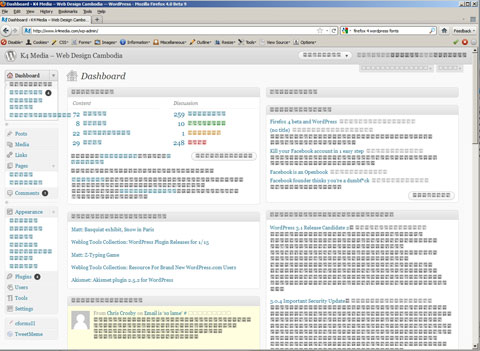The New York Times, the newspaper of all newspapers, chose St. Patrick’s Day to embark on its second attempt to charge for its online content. In Canada, the paywall went into effect March 17. For the rest of the world, the wall goes up March 28.
Times publisher Arthur Sulzberger said the new digital subscriptions were “an important step that we hope you will see as an investment in The Times, one that will strengthen our ability to provide high-quality journalism to readers around the world and on any platform.”
The Times has tried to charge for content before. That experiment, known as TimesSelect, proved a bruising lesson for The Grey Lady. Far from making money, the move largely withdrew the paper from online conversations, as bloggers and other opinion makers stopped linking to and writing about stories behind the paywall. The Times quit TimesSelect less than two years later.
If The Times is hoping that things turn out differently this time, it’s going to need an overflowing cupful of St Patrick’s blessings. Felix Salmon in Wired Magazine unpacked the whole subscription deal, and after doing some back-of-the-envelope math, pronounced the whole thing “weird.” Not to mention expensive.
The New York Times paywall cost $40 million to build.
Subscriptions are complex. Your first 20 stories per month are free. As are stories that are linked from off site, such as Facebook, blogs, etc. After that the subscription fee kicks in: $15 per month for unlimited Web access, more if you want to use the smartphone and/or iPhone apps.
“So by my back-of-the-envelope math, the paywall won’t even cover its own development costs for a good two years, and beyond that will never generate enough money to really make a difference to NYTCo revenues,” Salmon said.
But that, in a nutshell, is the fragile state of the journalism world. Even the very best of the very best must make more money from their online ventures. Even if a solid revenue model is not exactly obvious, nor particularly profitable, something must be done to battle the long-term trends, which are clear — revenue from print advertising is falling and unlikely to reverse course; something must cover the shortfalls. If not the Web, then what?
The newspaper world is watching with a sharp eye. Because like California, and the canary in the coal mine, the way of The New York Times foreshadows the direction of the industry as whole.

